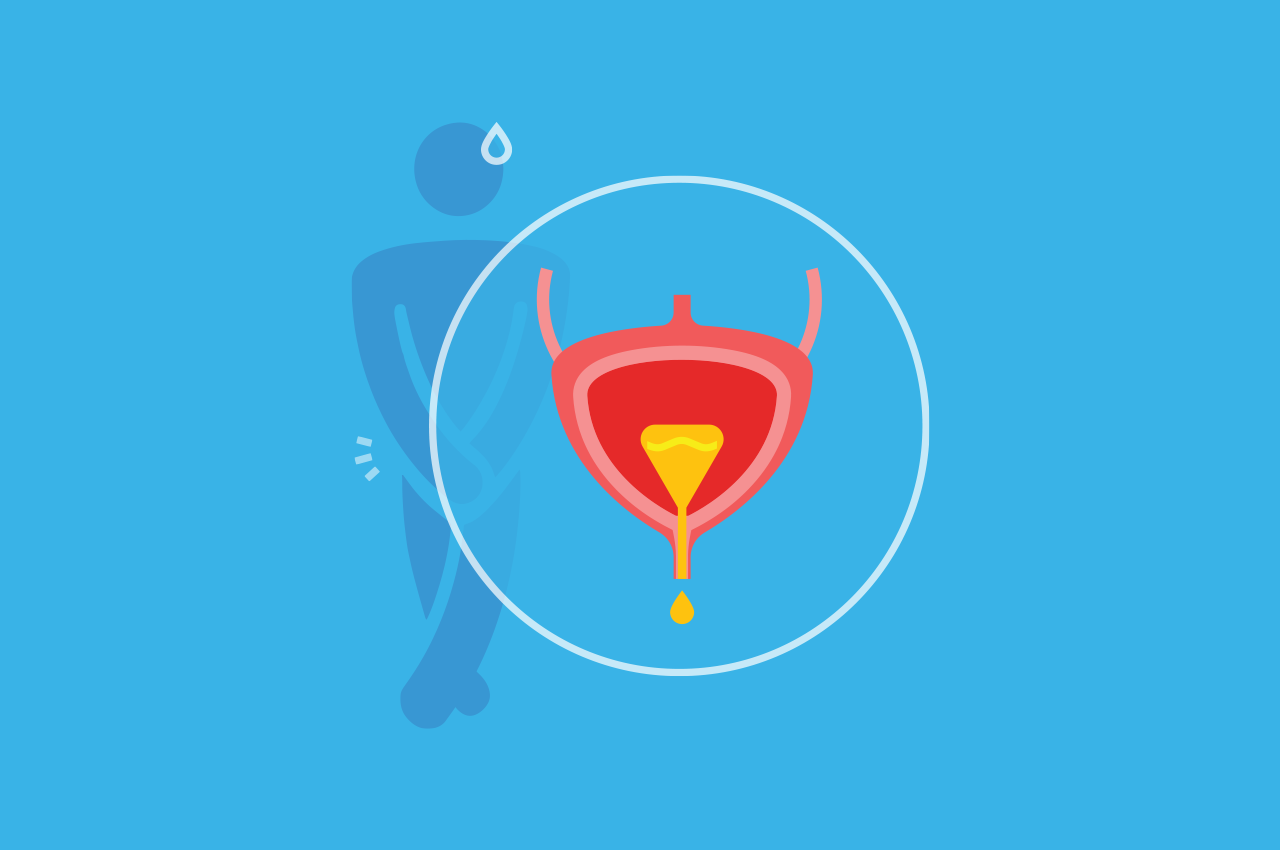Incontinence is any involuntary loss of urine from the bladder. It’s a widespread condition that can range in severity from a small leak to complete loss of bladder control. Faecal or bowel incontinence is a similar condition, resulting in a loss of control of bowel motions, and release of wind from the bowel.
Urinary incontinence is an unfortunate by-product of poor bladder control and affects almost twice as many women as men. This is because events like pregnancy, childbirth, and menopause distress the bladder, urethra, and the muscles that support these organs.
Urinary incontinence is most often a symptom of other health problems and is usually caused by weak pelvic floor muscles.
This includes:
- Pressure or spasms in the pelvic area that create a strong urge to urinate.
- Going to the bathroom more than usual (more than eight times a day or more than twice at night).
- Bedwetting (urinating while sleeping).
Culprits
Urinary incontinence is triggered by problems with the muscles and nerves that help the bladder hold or pass urine. Other sources of urinary incontinence include:
Weight
Being overweight puts pressure on the bladder. This can weaken the muscles over time. A weak bladder can’t hold as much urine.
Constipation
Constipation, or straining to have a bowel movement, can place pressure on the bladder and surrounding pelvic floor muscles. This weakens these muscles, causing urinary incontinence or leaking.
Damaged nerves
Pregnancy and childbirth, as well as chronic health conditions like diabetes and multiple sclerosis, can cause nerve damage in the pelvic floor muscles, bladder and urethra. Damaged nerves can send signals to the bladder at the wrong time, or not at all.
Surgery
A hysterectomy (a surgical operation to remove all or part of the uterus) can damage the supporting pelvic floor muscles. If these muscles are damaged, a woman’s bladder muscles won’t work as they should, which could result in urinary incontinence.
Types of urinary incontinence
- Stress incontinence happens when urine leaks, as pressure is put on the bladder, like during exercise, or while coughing, sneezing, laughing, or lifting heavy objects. It’s the most common type of bladder control problem in younger and middle-aged women.
- Urge incontinence happens when people have a sudden need to urinate and can’t hold their urine long enough to get to the bathroom. This can be a problem for people who have diabetes, Parkinson’s disease, Alzheimer’s disease, multiple sclerosis, or who have had a stroke.
- Overflow incontinence happens when small amounts of urine leak from a bladder that’s always full. A man can have trouble emptying his bladder if an enlarged prostate is blocking the urethra. Diabetes and spinal cord injuries can also cause this type of incontinence.
- Functional incontinence is common among many older people who have normal bladder control. Their only problem is not getting to a bathroom fast enough, because of arthritis or other age-related physical conditions.
Treatment
See your doctor and work towards a treatment plan. This will help you figure out your best course of action. Treatment will depend on what is causing your incontinence, and how severe it is.
Urinary incontinence can’t always be prevented, but there are ways of both lowering your risk for developing it, and slowing its progression:
- Practise Kegels daily, especially during pregnancy or after chatting with your doctor.
- Reach and maintain a healthy weight.
- Eat foods with fibre to help prevent constipation.

